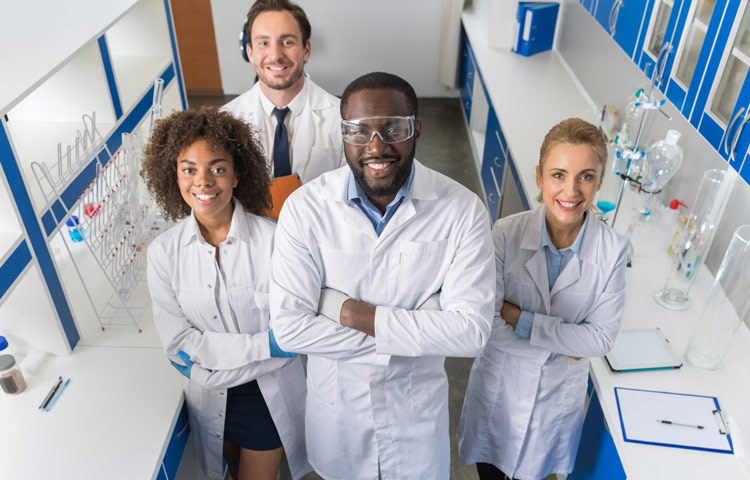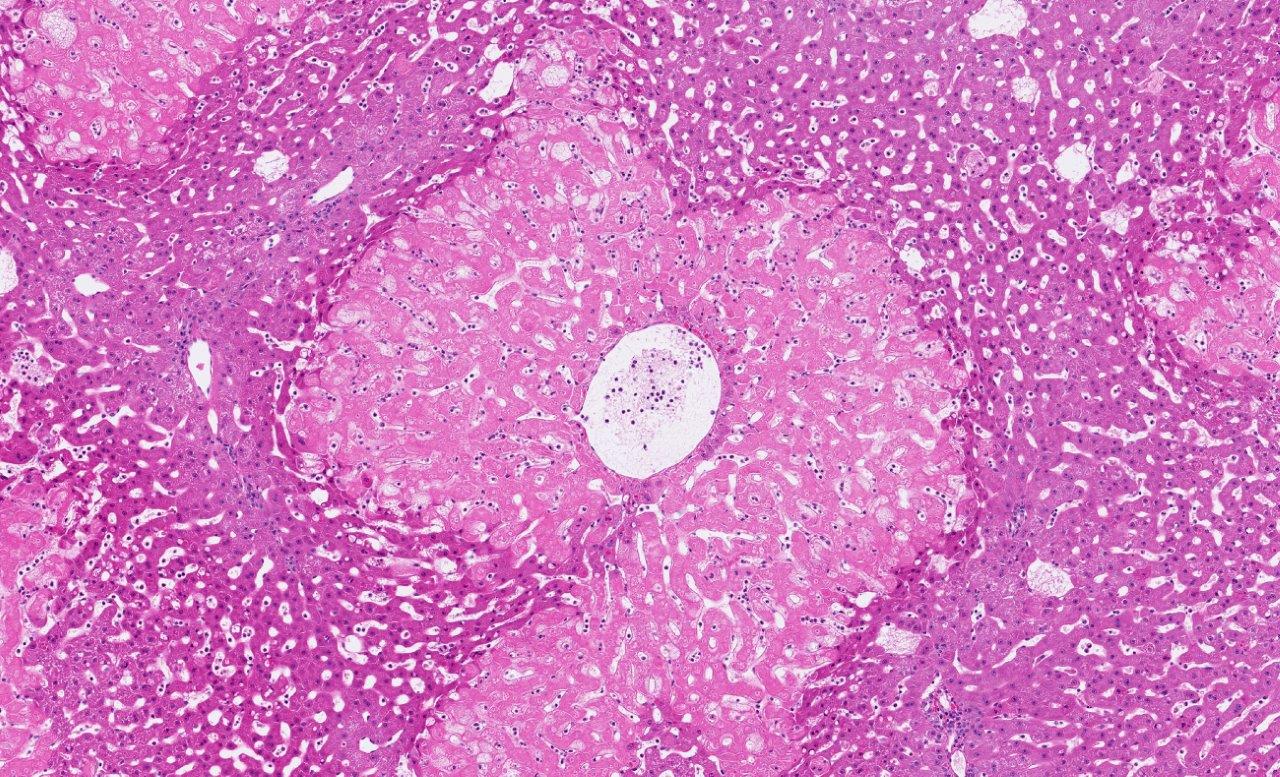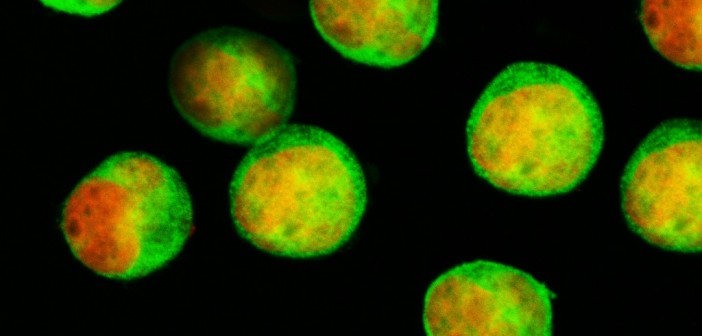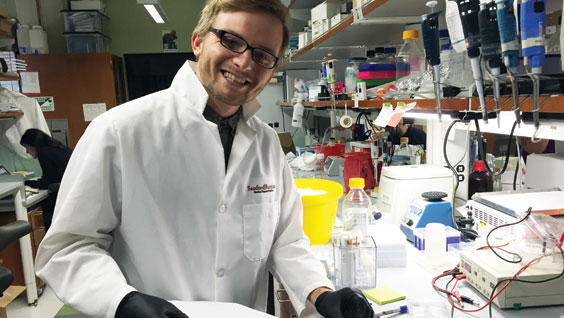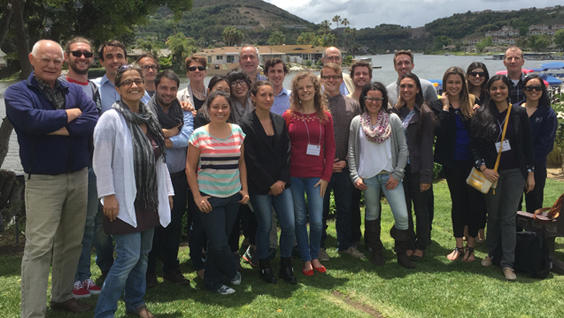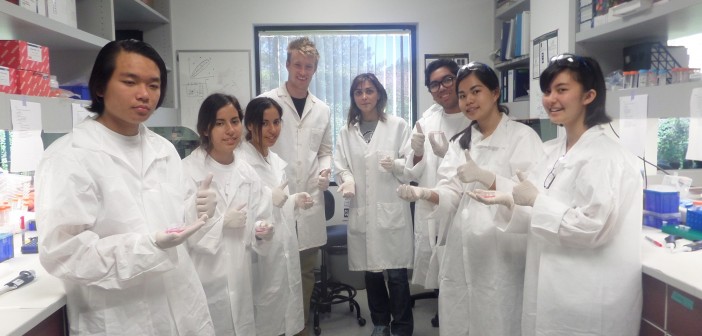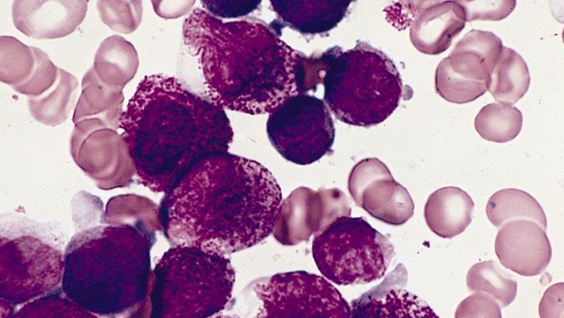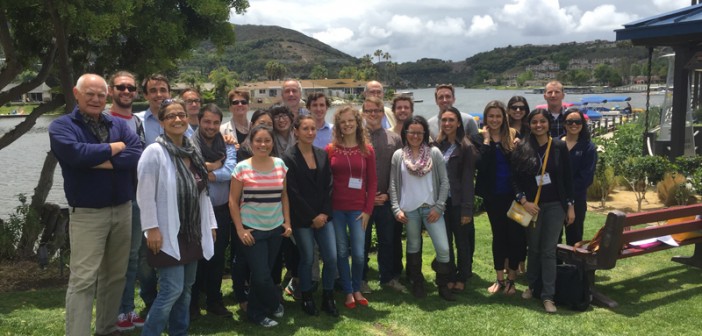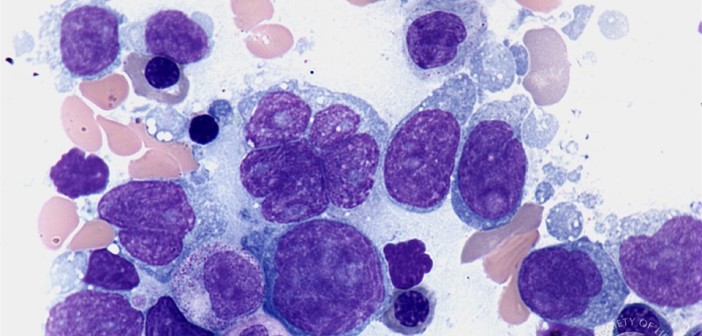Graduate school dean Guy Salvesen describes barriers he has seen for students who are Black and how we can make science fully inclusive.
Only 5% of graduate students in science and engineering are Black despite making up more than 13% of the U.S. population—and in spite of showing similar levels of interest in science as their peers. A PhD is required for career advancement in biomedical research—so this disparity impacts the number of faculty members, CEOs and scientific leaders who are Black. It will take persistent and bold efforts on the part of individuals, groups, institutions and society at large if we are to achieve anything close to equality.
To learn more about this topic, we spoke with Guy Salvesen, PhD, professor and dean of the Graduate School of Biomedical Sciences at Sanford Burnham Prebys about barriers that discourage students who are Black from applying to PhD programs—and how they can be dismantled to address disparities.
Why are you personally passionate about achieving racial equality in the biomedical sciences?
Standing up for equality has always been a big part of my family’s values. I was born in South Africa during the era of apartheid. My mother always made it clear that she detested racism and the people who defended it. Before we moved away, she was part of a resistance organization called the Black Sash—a woman’s-only movement against apartheid. I come from a single-parent household, so my mother had an especially big influence on me.
Do you receive a lot of applications from PhD students who are Black?
We receive many applications from Latinx students, but I have to say not as many from Black students. We know this is not due to lack of interest. There are systemic barriers at play, which as a graduate school we try to address to the best of our abilities. Our founding mission was to have a student population that mirrors California’s demographics, so we are committed to doing all we can to reach that goal.
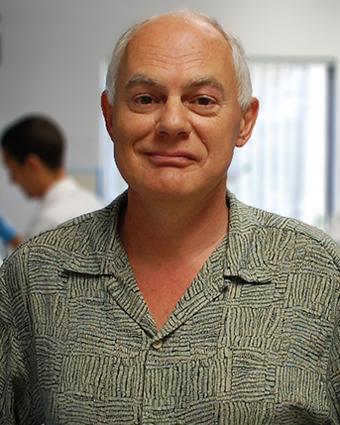
Guy Salvesen, PhD, is the dean of the Graduate School of Biomedical Sciences at Sanford Burnham Prebys.
In your experience, what are the barriers that prevent students who are Black from applying to PhD programs?
First, I believe the biggest hurdle is the monetary aspect of a career in science. The field is poorly rewarded financially, especially compared to a career such as pharmacy or medicine. You must commit to almost a decade of minimum-wage pay as you complete graduate-school and then postdoctoral studies. Scientists are some of the most highly trained individuals in the world—and for many years, they are paid close to minimum wage.
Even when you complete training and find a well-paying job, many students have educational loans to pay back—and Black students are more likely to have loans because of the racial wealth gap. The students who apply but don’t attend our graduate school typically accept positions in pharmacy, where they can more rapidly start earning a high salary. To pursue biomedical research as a career, you have to be incredibly passionate about science and be able to defer economic rewards. I wish it wasn’t like that, but that’s the reality.
I believe it’s important to get students excited about science early and sustain that enthusiasm. Once a student begins a PhD program, they are hooked. We need to make sure that kids who are Black are getting early, positive experiences with science. This can be accomplished through school or after-school programs. This also helps children see themselves as scientists—and that’s an incredibly important factor as students consider their future careers.
What solutions could overcome these barriers?
Ideally, the National Institutes of Health would allocate funds to pay graduate students and postdocs better wages. This is also an area where philanthropy can play a big role. At Sanford Burnham Prebys, we are always grateful to the Fishman Fund Awards, which supplement the salaries of select postdocs. In a perfect world, we would be able to pay better wages to all graduate students and postdocs. Also, any actions that decrease student loan debt would help free students to choose science as a viable career option.
We need to ensure that we are proactively reaching out to schools that are serving students who are Black, especially Historically Black Colleges and Universities which award up to 30% of Black STEM PhDs; providing a safe and welcoming environment for graduate students who are Black; educating our Institute and especially faculty mentors about how to best support students from different racial backgrounds; and hiring faculty members who are Black. We also need to continue to listen and learn about additional actions we can take to achieve racial parity in our program.
Could you share some examples of actions the graduate school took that had particular success?
A partnership we have with the Preuss School, a middle and high school for students who would become the first in their families to graduate from college, has been very successful. Preuss students spend time in our Institute’s labs during the summer and experience what it’s like to work side by side with scientists. We also try to bring parents into the mix by inviting them to our campus, because they have a tremendous influence on the careers their children pursue. Many of our Preuss students went on to select STEM majors in college. Right now, we are short on funds to continue this program. We need support to keep it going.
We also liaise with California state colleges that serve members of underrepresented groups, such as the California State University campuses in Fresno, Long Beach and nearby San Marcos. Through summer internship programs, students from these schools experience advanced laboratory research for the first time. Once these students realize how much fun it is do science in a state-of-the-art facility, they get very excited.
Where do we go from here? Are you hopeful about the future?
It gives me hope that there is movement in society to redress wrongs that have occurred for more than 400 years. I’m optimistic that societal pressures will translate to real action. These issues are not new. It’s time that we listen, learn and take action. And that’s on all of us. No one is immune from systemic racism, and each of us has a role we can play to make positive change.
If you have any questions, comments or would like to share follow-up resources, contact us at info@sbpdiscovery.org.
Dr. Salvesen’s suggested readings:
- So You Want to Talk about Race by Ijeoma Oluo
- Why I’m No Longer Talking to White People about Race by Reni Eddo-Lodge
- Rising Out of Hatred: The Awakening of a Former White Nationalist by Eli Saslow
- Waking Up White: And Finding Myself in the Story of Race by Debby Irving
